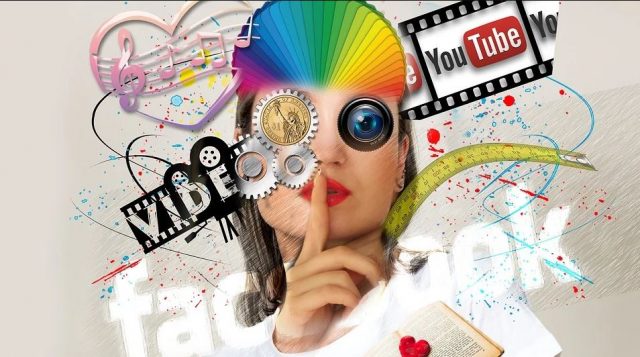Marketing psychology has to do with understanding the way consumers feel, think, and ultimately arrive at buying decisions. With such information, sellers can use calculated moves to convince people to buy your product.
It is likely that whatever product or service you are selling, there are hundreds of other people involved in the same thing. If you want to have an edge over your competition, you have to use some marketing psychology to get ahead.
While we are on the topic of how to influence your consumers into buying from you, here are seven ways you can achieve that goal:
- Color Psychology
You will be surprised to learn that color has a great impact when it comes to influencing humans into making a buying decision. A review by Satyendra Singh concerning color psychology as it regards marketing showed that people reach their buying decision within 90 seconds. It goes further to show that 62% to 90% of their decision was made based on color. Color has a way of influencing peoples’ feelings and moods.
Although colors are very powerful when it comes to influencing consumer buying behavior, there is no clear-cut answer on what the best color is for catching your consumer’s eye. But according to the Von Restorff effect, a color that stands out more than other colors on a page through contrast usually gets the most attention. Since that is the case, you should take the time to test out different colors to see which one performs the best for your product and intended audience.
- Rational vs. Emotional Content
Adverts with emotional content tend to project the product’s qualities that the consumer will benefit from. A study even showed that ads infused with such content performed 31% better than that of a purely rational advertisement. Rational ad contents are good for highlighting a product or service’s features and how it works. It is useful for informing the consumer, but they are not known to elicit emotional responses that can move a consumer to buy.
 3. Create Urgency and Scarcity
3. Create Urgency and Scarcity
It is a common practice by marketers to create a sense of urgency and scarcity at the same time. This is why you see offers that are “for a limited time only” or with only a small number of products available. By this method, buyers who might have taken time to consider several different products or services feel pressure to reach a quick decision. Many times, the person falls for the pressure and will choose the “limited time” product. Usually, the price of such offers is sliced in half or has other added benefits that are open for a short while.
- Human Ego and Exclusivity
Another way to reach consumers is to target their ego. It makes the consumer feel like he or she is treated in a special way so they see the brand as being in their best interest. “Marketers know that making use of the word “you” in a marketing copy creates a feeling of exclusivity and rapport between the brand and the consumer. It’s personalizing the brand and making it appeal to the consumer. Using coupon codes for your blog readers or for those that sign up for your newsletter can also elicit this emotion,” says Christine Brown, founder of GoMontana,a deals website that helps businesses to improve conversion.
- Reduce Options
When shoppers are presented with different varieties of a particular product to choose from, they will likely hesitate initially, uncertain of the best option. A case study by Sheena Iyengar where people were presented with 24 different flavors of jam to taste and make a choice had a hard time settling on just one. When presented with only 6 options on a different day, 30% of the people reached a decision and bought at least one of the products. Narrowing your product selection could work in your favor
- Stir Up Strong Emotions
Have you heard of FUD before? It means Fear, Uncertainty, and Doubt, which can be used as part of a marketing strategy. Try to indirectly point out the disadvantage of the consumer not taking up your offer. But be careful not to overdo this technique as it could backfire. You should also try to elicit positive emotions and feel free to use humor to get the desired response from the consumer.
- Pricing Psychology
We left the best for last for a reason. Without much argument, there is no doubt that pricing can be the deal-breaker when it comes to influencing a consumer into patronizing your business. You can make use of what is referred to as anchoring strategy which entails presenting the consumer with the real price before showing the consumer a discounted price. “Have you tried searching for a product and you found it with different prices? One could be going for $50 while the other which is the same type and brand of product is offered at $49.95? The difference is five-cent, but that five-cent can make a huge difference. People see the main figure and don’t really pay attention to the cent. This strategy has seen an increase in sales by up to 24% more than other products than those with a rounded price figure,”says Sam Bourgan, founder of NewsWatchngr, a product recommendation website.
Final Thoughts!
Implementing some or all of these strategies will foster some positive emotions in your consumer and could lead to more sales. Just keep trying until you arrive at the strategy that suits you and your business the best.

A professional writer with over a decade of incessant writing skills. Her topics of interest and expertise range from health, nutrition and psychology.




